Table of Contents
- Coal- Geography 12: Advantages and Disadvantages of Coal as a Energy Source
- Coal: Diminishing But Still Relied On | Shenton Group
- Visual Capitalist on LinkedIn: #coal #energy #fossilfuel #renewableenergy
- The End of Coal is in Sight - COP26 Update - Acuity Law
- Coal: Is this the beginning of the end?
- coal summary | Britannica
- The End of Coal is in Sight - COP26 Update - Acuity Law
- Without supercontinent Pangea we would not have had our coal-powered ...
- Coal Will Walk A Ledge in 2017 - Scientific American
- Coal power generation declines in United Kingdom as natural gas ...



What is Coal?
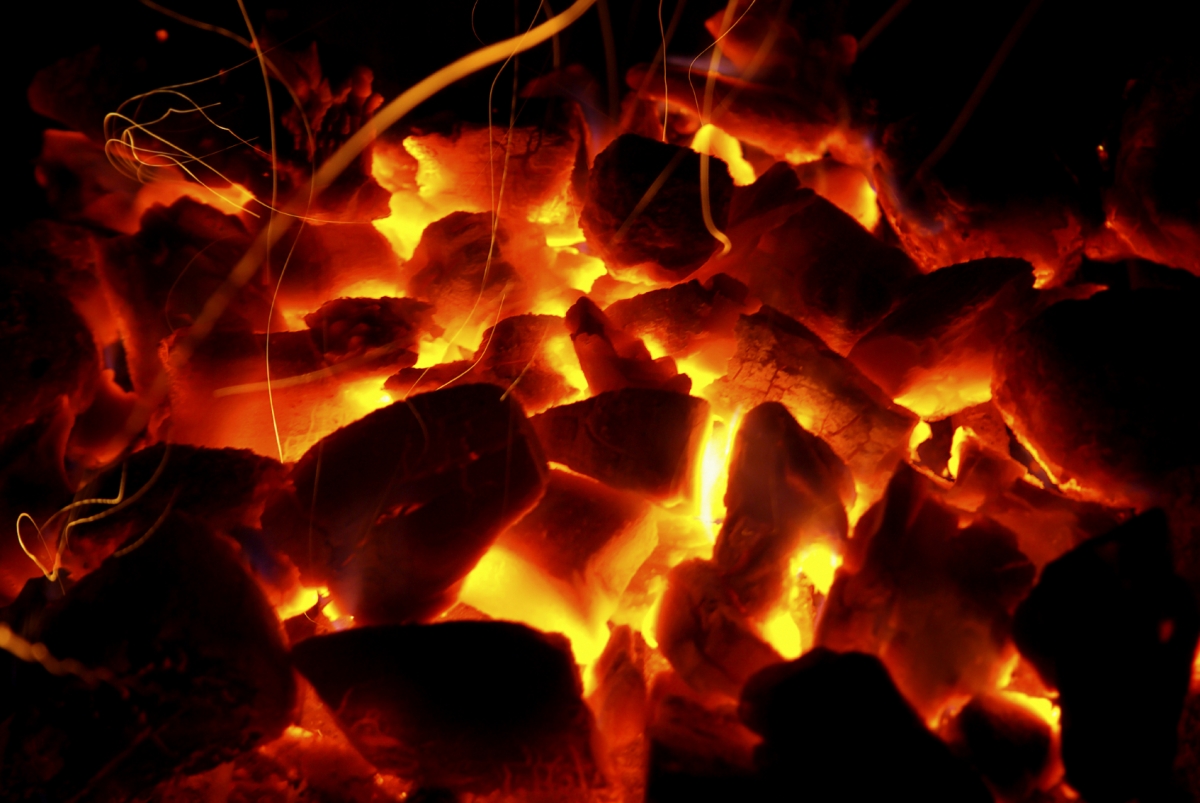
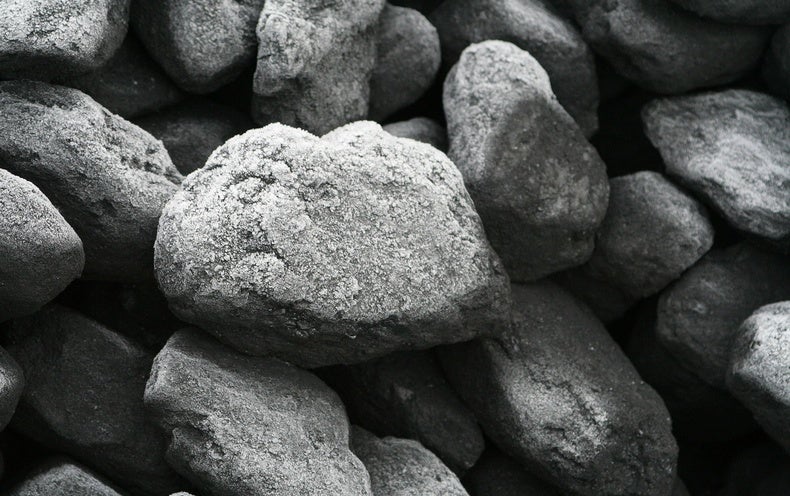
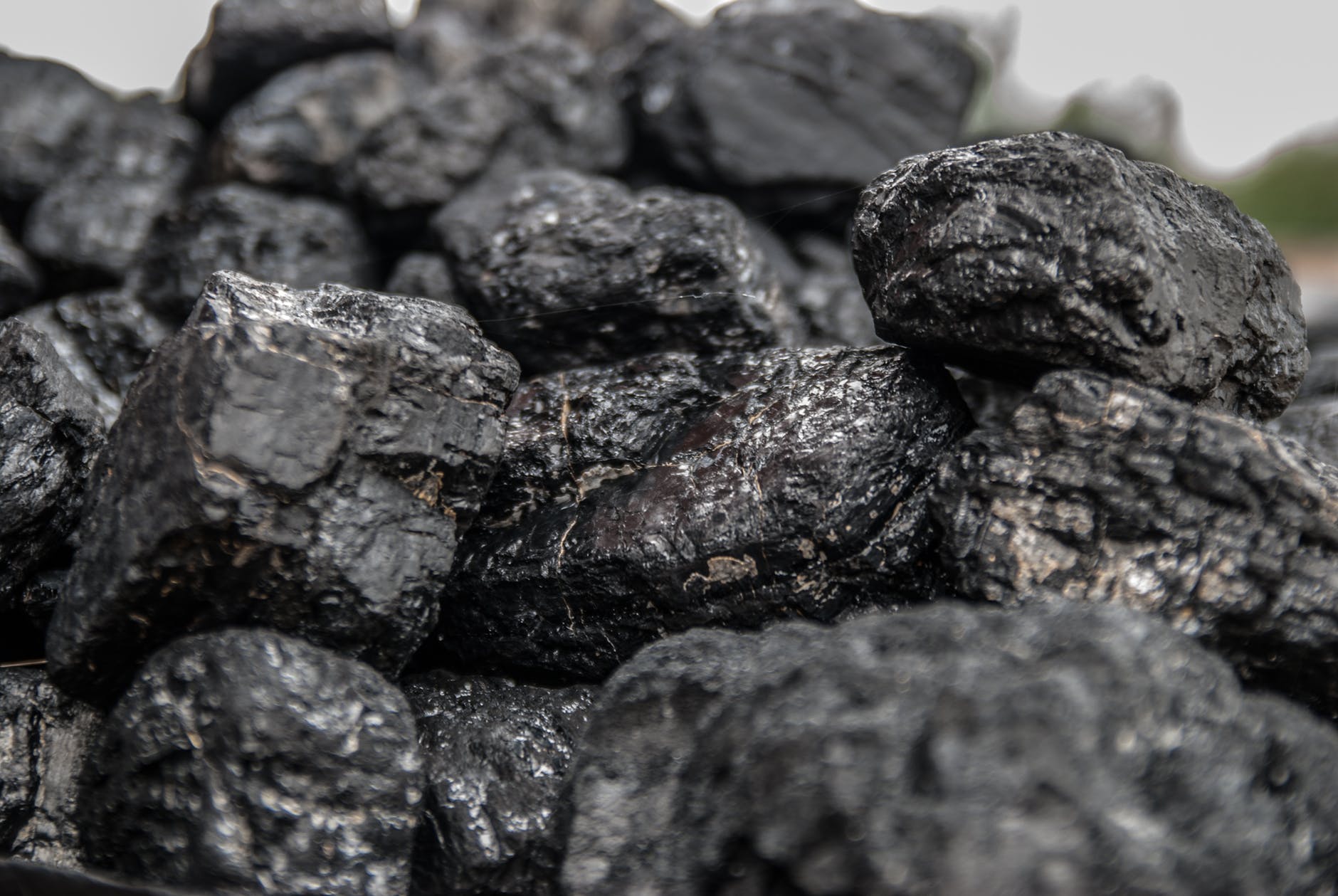
History of Coal

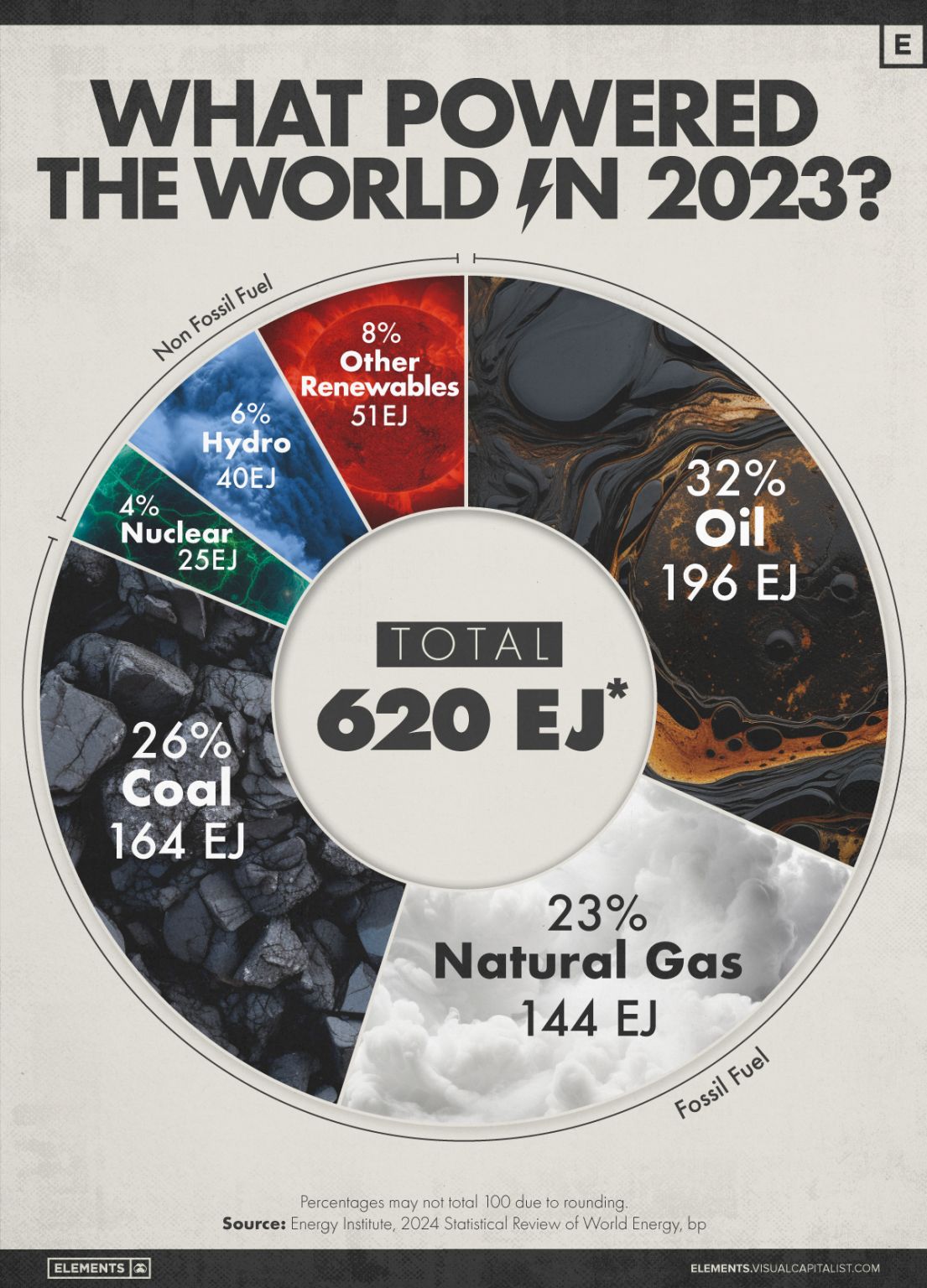
Types of Coal
As mentioned earlier, there are four main types of coal, each with its own distinct properties: Lignite: Also known as brown coal, lignite is the lowest rank of coal and is primarily used for electricity generation. Sub-bituminous: This type of coal is used for both electricity generation and industrial processes. Bituminous: Bituminous coal is the most commonly used type of coal and is used for electricity generation, steel production, and other industrial processes. Anthracite: The highest rank of coal, anthracite is used for residential and commercial heating, as well as in the production of steel and other metals.
Uses of Coal
Coal is an incredibly versatile fossil fuel, with a wide range of uses: Electricity generation: Coal is used to generate over 40% of the world's electricity. Steel production: Coal is used in the production of steel, with over 70% of the world's steel production relying on coal. Industrial processes: Coal is used in a variety of industrial processes, including the production of cement, aluminum, and chemicals. Residential and commercial heating: Coal is used for heating in some parts of the world, particularly in areas where other fuels are scarce.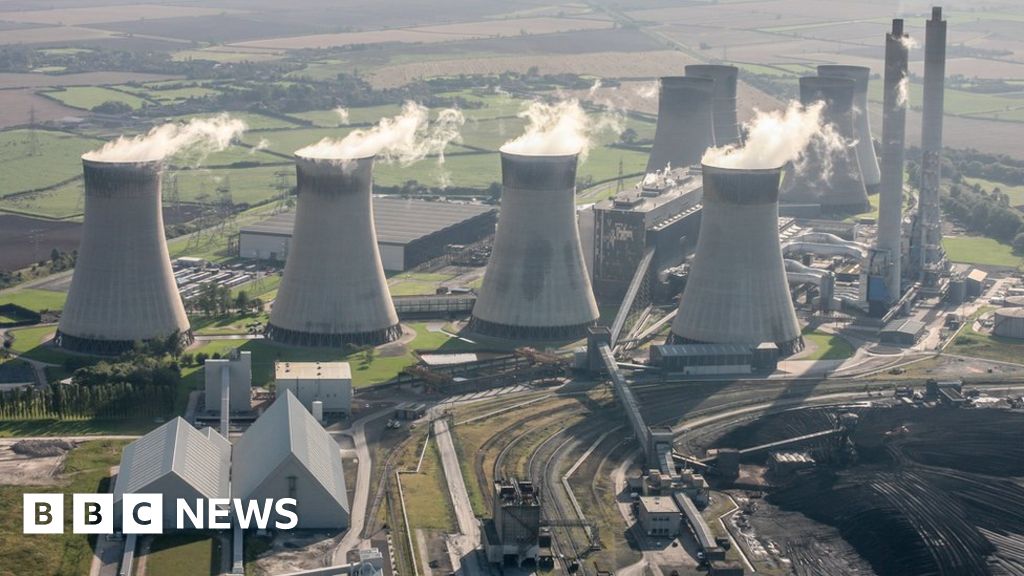
Environmental Impact
While coal is an essential component of the global energy landscape, its use has significant environmental implications. The burning of coal releases greenhouse gases, including carbon dioxide and methane, which contribute to climate change. Additionally, coal mining can result in deforestation, water pollution, and soil degradation. As the world transitions to cleaner energy sources, the use of coal is expected to decline, with many countries implementing policies to reduce their reliance on this fossil fuel. In conclusion, coal is a complex and multifaceted fossil fuel that plays a significant role in the global energy landscape. While its use has environmental implications, it remains an essential component of many industries, including electricity generation, steel production, and industrial processes. As the world continues to transition to cleaner energy sources, it is essential to understand the facts about coal and its role in our daily lives.Keyword density: coal (12), energy (4), fossil fuel (3), electricity generation (3), steel production (2), industrial processes (2), environmental impact (2)
Meta description: Discover the facts about coal, including its history, types, uses, and environmental impact. Learn about the role of coal in the global energy landscape and its significance in various industries.